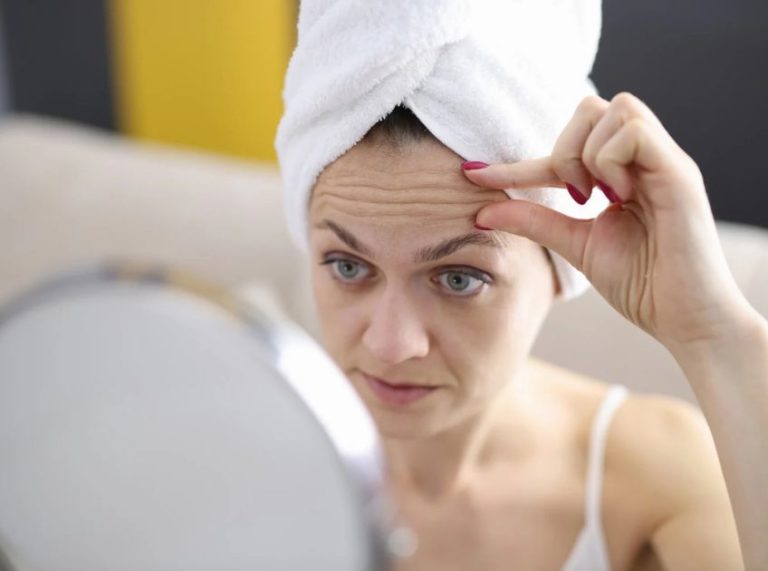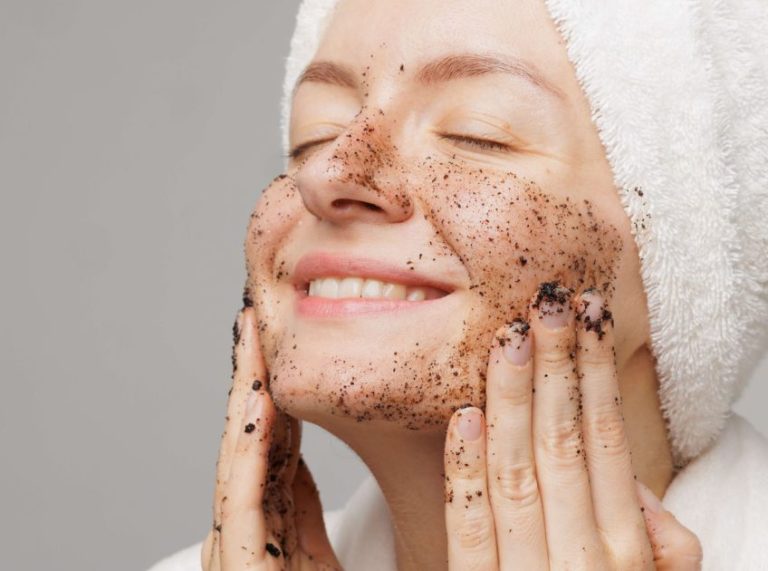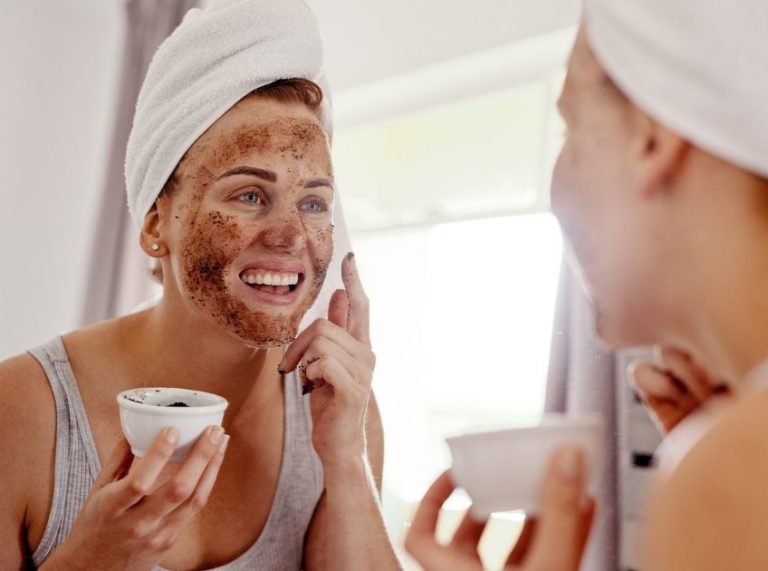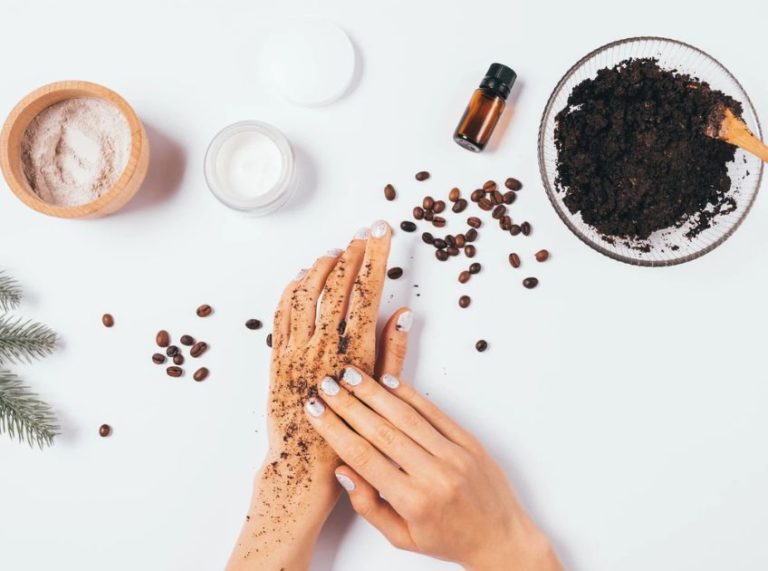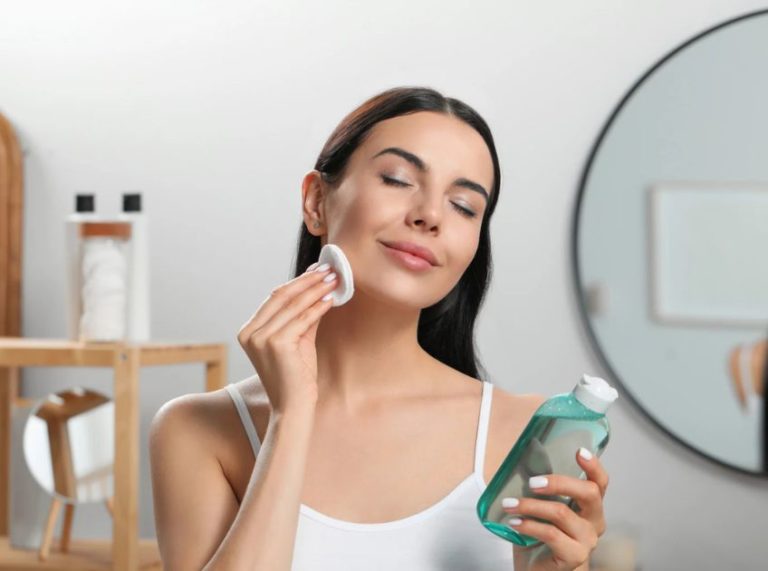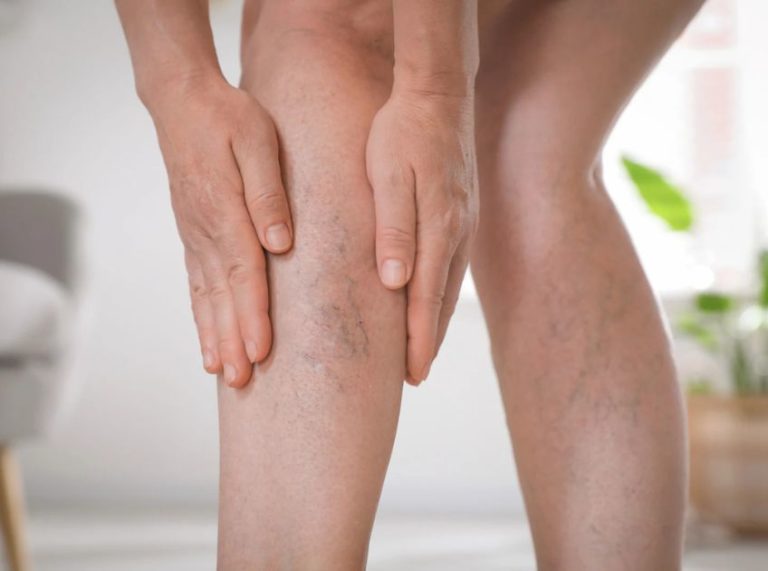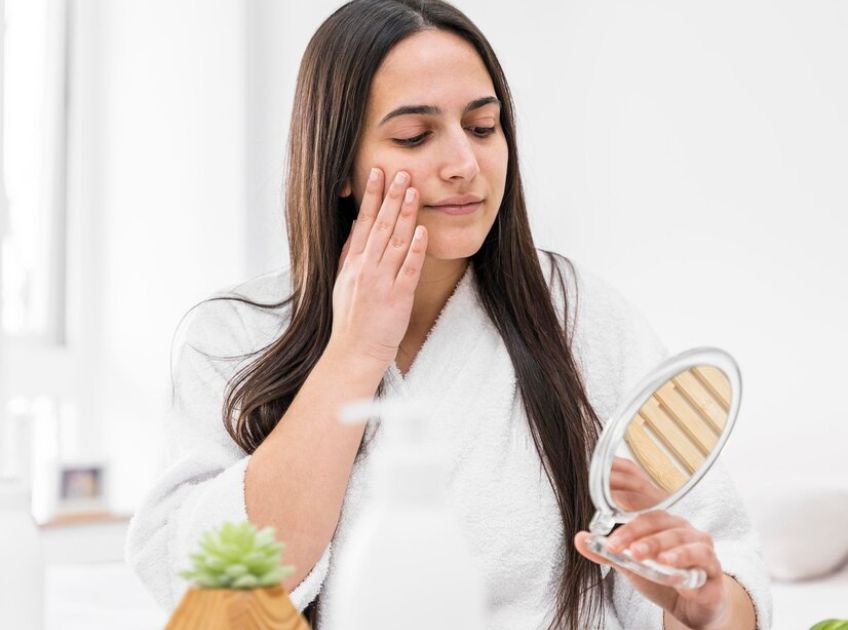
Important: This article is for informational purposes only. Please read our full disclaimer for more details.
No two skins are the same—but there are skincare habits that support every skin type. Whether you struggle with oiliness, dryness, sensitivity, or a mix of all three, these expert-approved tips help lay the foundation for a healthy, radiant complexion. Supported by dermatological studies and real-world results, this guide will show you how to build an effective routine that works for you.
Article Contains
- Cleanse Gently, but Thoroughly
- Hydration Is Essential for Every Skin Type
- Sunscreen Is Your Skin’s Best Defense
- Exfoliate with Care and Purpose
- Understand the Ingredients That Work for You
- Simplify Your Routine for Better Results
- Adapt Your Routine to the Seasons
- Patch Test Everything
- Support Your Skin from Within
- See a Dermatologist When Needed
1. Cleanse Gently, but Thoroughly
Cleansing removes dirt, oil, bacteria, and product buildup, preventing clogged pores and breakouts. However, harsh cleansers can strip away natural oils and disrupt the skin’s pH balance, leading to dryness or excessive oil production.
- Dry skin benefits from cream-based or oil cleansers that preserve moisture.
- Oily skin does well with foaming or gel cleansers that contain salicylic acid.
- Individuals with sensitive skin should use fragrance-free, low-foam formulas.
Tip: Use lukewarm water, not hot, to avoid further irritation or dryness.
2. Hydration Is Essential for Every Skin Type
Many assume oily skin doesn’t need moisturizer—but that’s a myth. When the skin lacks water, it compensates by producing more oil, which can lead to breakouts and clogged pores.
- Hydrating ingredients like hyaluronic acid, glycerin, and panthenol help maintain water balance.
- For oily or acne-prone skin, opt for lightweight, oil-free gels.
- Dry skin types need rich creams or balms with ceramides and fatty acids.
Study Highlight: A 2018 paper in JCAD found that regular use of moisturizers improves barrier repair and reduces sensitivity, even in acne-prone individuals (1).
3. Sunscreen Is Your Skin’s Best Defense
Sunscreen is not just a summer essential—it should be worn every single day. UV radiation accelerates skin aging, contributes to hyperpigmentation, and increases skin cancer risk.
- Choose broad-spectrum SPF 30 or higher.
- Look for non-comedogenic, mineral-based sunscreens for sensitive or acne-prone skin.
Fact: According to the American Academy of Dermatology, daily sunscreen use can significantly reduce the risk of melanoma and premature aging (wrinkles, sagging, dark spots) (2).
4. Exfoliate with Care and Purpose
Exfoliation helps slough off dead skin cells, boosts cell turnover, and improves texture. However, over-exfoliating can damage the skin barrier and cause redness or inflammation.
- AHAs (like glycolic and lactic acid) are great for dry and aging skin.
- BHAs (like salicylic acid) work well for oily and acne-prone skin.
- Limit to 1–2 times per week, especially if using active ingredients like retinoids.
Research Insight: A 2015 study in Dermatologic Surgery found chemical exfoliants more effective and less abrasive than physical scrubs, with long-term benefits for tone and texture (3).
5. Understand the Ingredients That Work for You
Knowing what’s in your products empowers you to make better choices.
- Hyaluronic Acid – holds 1000x its weight in water for hydration
- Niacinamide – reduces redness, regulates oil, and improves tone
- Vitamin C – brightens and boosts collagen
- Ceramides – strengthen the barrier and soothe irritation
- Retinoids/Retinol – improve texture, fine lines, and acne (introduce slowly)
Start with one or two activities, and introduce new products gradually.
6. Simplify Your Routine for Better Results
Using too many products can confuse your skin and increase the risk of irritation. A basic routine—cleanser, moisturizer, SPF by day, and cleanser, treatment, moisturizer by night—is often all you need.
- Consistent routines yield better results than overwhelming your skin with new activities weekly.
- Give new products 4–6 weeks before judging results (unless irritation occurs).
Expert Tip: Focus on how your skin feels and behaves, not just marketing claims.
7. Adapt Your Routine to the Seasons
Skin’s needs change with the weather. Seasonal adjustments help avoid dehydration in winter and oiliness or breakouts in summer.
Winter
- Use thicker creams
- Add occlusives like squalane or shea butter
- Switch to hydrating toners
Summer
- Use lightweight gel moisturizers
- Include mattifying sunscreen
- Reduce use of heavy oils or occlusives
Note: Humidity levels and temperature impact skin hydration and sebum production, so tweak your routine accordingly.
8. Patch Test Everything
Every skin type can develop allergies or irritation. Patch testing helps prevent reactions before they affect your whole face.
How to patch test
- Apply a small amount to your inner forearm or behind your ear.
- Wait 24–48 hours.
- Check for redness, bumps, itching, or discomfort.
Especially important for: products with retinoids, essential oils, exfoliating acids, or vitamin C.
9. Support Your Skin from Within
Your lifestyle plays a critical role in your skin’s appearance.
- Eat a diet rich in antioxidants (berries, leafy greens, nuts, seeds)
- Drink enough water to support hydration and detoxification
- Sleep 7–9 hours nightly to allow skin regeneration
- Reduce stress, which can trigger inflammation, acne, and dullness
Science Says: Chronic stress raises cortisol, which can impair the skin barrier and increase oil production (4).
10. See a Dermatologist When Needed
Persistent acne, unusual pigmentation, eczema, or rosacea deserve medical attention. A dermatologist can offer personalized treatments, like prescription topicals or in-office procedures.
Regular checkups can catch early signs of conditions like melanoma.
If OTC products aren’t working after 2–3 months, consult a professional.
Remember: What works for one person may not work for you—expert advice prevents trial-and-error frustration.
Scientific Understanding Supports These Tips
Modern dermatology supports a minimalist, barrier-first approach. Studies across PubMed, Dermatologic Surgery, and the American Academy of Dermatology emphasize that proper cleansing, hydration, sun protection, and ingredient literacy are the foundation of skin health across all skin types (5)(6).
Frequently Asked Questions (FAQ’S)
Q1. What’s the best tip if I don’t know my skin type?
A. Start with a gentle cleanser and a basic moisturizer. Monitor how your skin reacts. If it feels tight or flaky, you may be dry. If it’s shiny or greasy mid-day, you may be oily. Most people are a combination.
Q2. Can I use retinol and vitamin C together?
A. They can be used together, but it’s safer for beginners to separate them—vitamin C in the morning and retinol at night—to reduce irritation.
Q3. Should I stop using skincare during breakouts?
A. No, but simplify your routine. Use a gentle cleanser, oil-free moisturizer, and spot treatment. Avoid harsh scrubs or multiple activities that can worsen inflammation.
Final Thoughts
No matter your age, skin tone, or type, healthy skin comes down to consistency, protection, and personalization. These 10 tips are universal foundations that help you build a skincare routine that adapts with you, not against you. Stay patient, stay informed, and let your skincare work for you—not the other way around.
